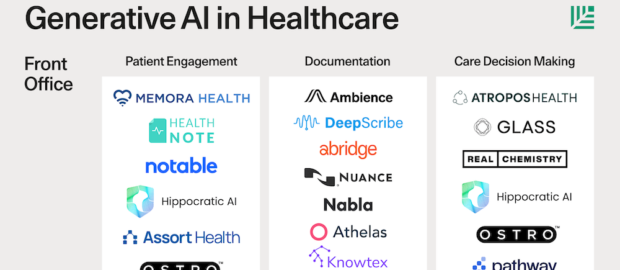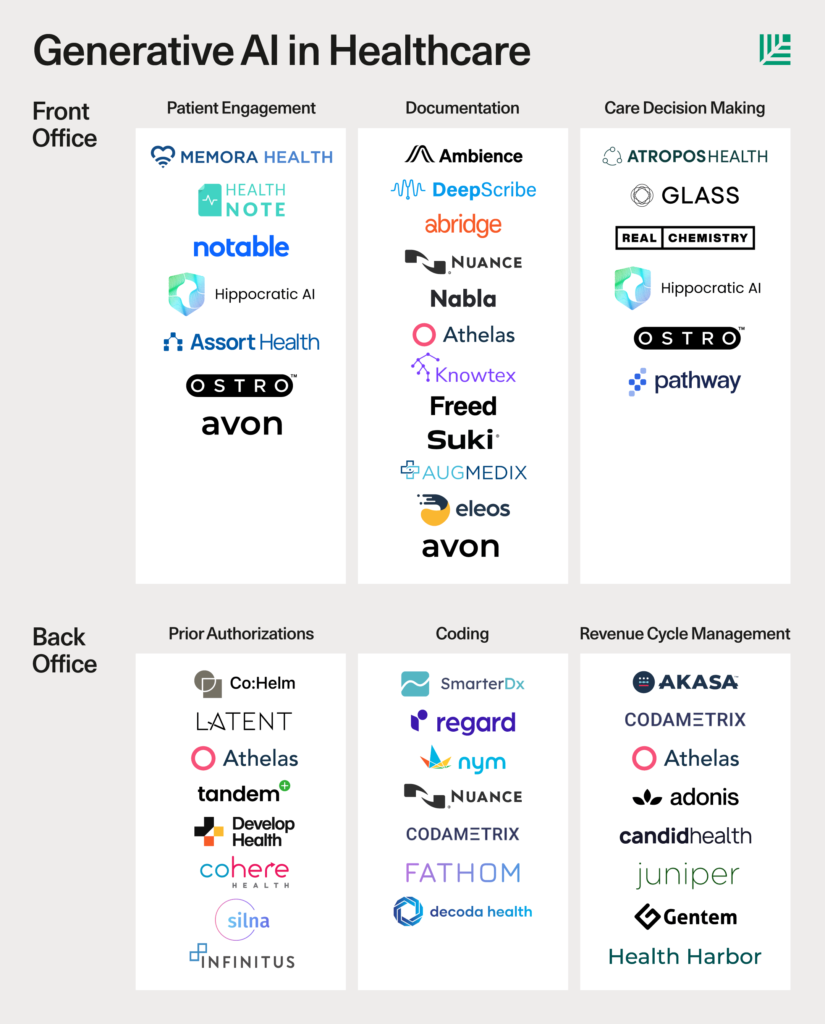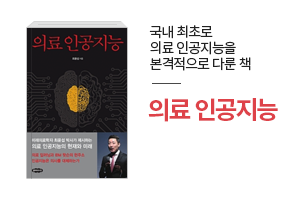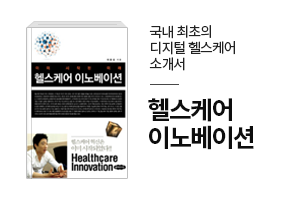세콰이어 캐피털은 최근에 ‘Bringing Generative AI to Healthcare‘ 라는 아티클을 홈페이지에 게재하였습니다. 이 아티클에서는 헬스케어 산업에서 생성형 인공지능에 대한 어떠한 투자 및 사업 기회가 있는지에 대해서 설명하고 있습니다.
최근 출판되는 대부분의 생성형 인공지능 관련 논문이나 연구들은, 병원 환경에서 의사가 인공지능을 사용할 때, 혹은 환자가 사용할 때 정도를 가정하고 그 정확성이나, 활용성 등을 검증하고 있는데요. 이 아티클은 흥미롭게도 backoffice와 frontline staff 의 두 가지 카테고리로 나눠서 생성형 AI의 활용 가능성을 제시하고 있습니다.
기존에 헬스케어 산업에서 SW 회사들은 특유의 어려운 시장 역학 때문에 어려움을 겪었습니다. Provider들의 마진율은 너무 낮기 때문에 장기적인 비용효과성에 대해서는 돈을 쓰기를 꺼려했고, Payor 들 역시 낮은 마진율에 고통받으면서 top5 플레이어들이 50% 이상의 시장을 점유하고 있는 구조입니다. 때문에 시장은 아주 느리게 변하고, 보수적이고, sales cycle도 무척 길 수밖에 없습니다.
생성형 AI는 이런 시장의 제약을 직접적으로 해결할 수도 있습니다. 운영 환경에 대한 robustness를 유지하면서도, 직접적이고, 즉각적인 가치를 제공해서 마진이 낮은 구조를 가진, 단기적 시각을 가진 구매자들을 설득할 수 있기 때문입니다.
Front Office
Front Office 의 활용은 (우리에게 익숙한) Patient Engagement, Documentation, Clinical Decision Making 을 이야기 합니다.
특히 Patient Engagement는 pre-consultation discovery, patient intake 와 post-consultation care adherence 세 단계로 나눠서 설명하는데요. 가장 큰 기회는 post-visit care adherence에 있다고 언급하는 것이 인상 깊습니다. (저희 포트폴리오인 메디팔이 이 시장을 공략하고 있습니다)
Documentation은 결국 의사-환자의 대화를 transcribing 하는 것인데요. 전혀 새로운 분야는 아니지만, 과거에는 기술적인 한계가 있었다는 점을 지적합니다. 이제 생성형 AI의 발전으로 기술적 난관은 혜결되었고, 이런 회사들은 코딩, 빌링 같은 기능까지 합쳐진 강력한 플랫폼으로 발전할 가능성이 있습니다. 하지만 아이러니하게도, GPT4 등에 의해서 기술이 이제는 너무 쉬워졌기 때문에, commodity 가 빠르게 되어가고 있다는 점도 지적됩니다.
Back Office
홍미로운 것은 두번째 카테고리인 Back Office 부분입니다. 이 부분은 일선 의료 현장 최전선에서의 활용 대비 현재는 덜 주목을 받고 있는 분야로 보입니다. 특히, 보험사와 병원 사이에서의 이해관계 불일치에서 나오는 여러 문제점들을 해결하는 분야인데요. 미국 특유의 보험 구조에서 기인한다고 볼 수 있습니다. (한국에도 적용 가능할지는…)
미국에서 병원 back office의 업무 부담은 대부분 보험사와 병원 사이의 이해관계 불일치에서 나옵니다. 병원은 환자의 치료 성과가 아니라 fee-for-service 이기 때문에 보험은 청구에 대해서 복잡한 심사를 거치게 되며, 10건의 청구 중에 1건이 거절 됩니다.
보험의 입장에서는 이런 청구건을 일일이 리뷰하고 판결을 내리는 것에 엄청난 리소스가 들어가고, 이 업무를 위해서 보험사와 병원 양쪽 모두 수천 명의 간호사와 스태프를 채용하고 있습니다.
특히 prior authorization 같은 분야에 LLM을 활용하기가 좋은데요. 미국에서는 보험사들이, 의사가 약을 처방하거나 치료를 진행하기 전에, 사전 승인을 얻도록 하고 있습니다. 2021년에 의사들은 MA 보험사들에게 35M 번의 사전 승인을 신청했고, 이 중 2M 건이 거부되었는데요. LLM은 이러한 사전 승인 신청 양식을 놀라운 정확도로 작성 가능합니다. 그래서 많은 스타트업들이 여기에서 시작하고 있습니다. (특히, 이 분야는 병원, 환자, 제약사의 이해관계가 일치합니다!) 다만, 이런 사전 승인에 대해서는 규제 당국의 개입 소지가 있고, 또한 사전 승인 양식 자동 작성이 (documentation과 마찬가지로) commodity가 되어가고 있기 때문에, 추가적인 워크플로우 구축 등을 통한 차별화가 필요합니다.
Coding 도 가능성이 큰 분야입니다. medical coder 들은 소견서를 읽고 검사 결과를 검토해서 진단 및 시술에 적합한 코드를 식별해서, 보험 청구에 활용합니다. 미국 의료 코딩 시장은 210억 달러이고, 약 35,000명의 코더가 종사하고 있다고 합니다. 그럼에도 코딩 오류로 미국 병원에서 연간 약 200억 달러의 매출 손실이 있다고 합니다.
지금까지 이렇게 누락된 수익을 ‘발견’하도록 해주는 컨설팅 회사는 보통 로컬에서 ‘가내 수공업’으로 해왔는데, 이런 문제를 이제는 LLM이 해결할 수 있습니다. 특히 멀티모달 생성형 인공지능은 비정형 의사 메모, 의료 영상 등을 대조하여 coding을 잘 할 수 있기 때문에 보험사, 병원의 업무를 줄이고, Revenue Cycle Management 까지 가능해집니다.
이처럼 생성형 인공지능은 다양한 사업적인 기회를 열어주고 있습니다. 그림에서 나오는 것처럼 미국에는 이미 다양한 기업들이 생성형 AI를 활용하여 사업에 뛰어들고 있는데요. 아직 한국에서는 그런 기업을 많이 찾아보기는 어렵습니다.
저희 DHP 에서는 이 분야를 관심 있게 지켜보고 있습니다. 생성형 AI를 기반으로 헬스케어 시장을 근본적으로 혁신하고자 하는 스타트업들은 저희 DHP의 문을 두드려주시기 바랍니다!
Sequoia Capital recently published an article on their website called “Bringing Generative AI to Healthcare,” which discusses the investment and business opportunities for generative AI in the healthcare industry.
Most of the papers and studies on generative AI published recently assume the use of AI by doctors or patients in the hospital environment and verify its accuracy and utilization. This article interestingly presents the potential of generative AI by dividing it into two categories: backoffice and frontline staff.
Traditionally, SW companies in the healthcare industry have struggled because of the uniquely difficult market dynamics. Providers are reluctant to spend money on long-term cost-effectiveness because margins are too low, and payers are also suffering from low margins, with the top five players controlling more than 50% of the market. This makes the market very slow-moving, conservative, and has a very long sales cycle.
Generative AI can directly address these market constraints. It can provide direct, immediate value, while maintaining operational robustness, to persuade short-term buyers with low-margin structures.
Front Office
The use of Front Office refers to (the familiar) Patient Engagement, Documentation, and Clinical Decision Making.
Patient Engagement is broken down into three phases: pre-consultation discovery, patient intake and post-consultation care adherence. It’s interesting that they mention that the biggest opportunity is in post-visit care adherence. (Our portfolio company Medipal is targeting this market).
Documentation is all about transcribing doctor-patient conversations, which is not a new field, but he points out that in the past there were technical limitations. Now, with advances in generative AI, the technical hurdles have been overcome, and these companies have the potential to develop into powerful platforms that also include features like coding and billing. Ironically, however, it is also pointed out that the technology is now so easy, thanks to GPT4 and others, that it is quickly becoming a commodity.
Back Office
It is the second category, Back Office, which seems to be the area that is currently receiving less attention compared to its use on the front line of healthcare. In particular, it is an area that solves many problems that arise from the mismatch of interests between insurers and hospitals, which can be attributed to the unique insurance structure in the U.S. (whether it is applicable to Korea is another question…)
In the U.S., most of the workload in the back office of hospitals comes from the mismatch of interests between insurers and hospitals. Since hospitals are fee-for-service, not based on patient outcomes, insurers go through a complex review process for claims, and one out of every 10 claims is rejected.
From an insurance perspective, reviewing and adjudicating these claims takes a tremendous amount of resources, and both insurers and hospitals employ thousands of nurses and staff to do this work.
In the U.S., insurers are requiring doctors to obtain prior authorization before prescribing medications or proceeding with treatments. In 2021, doctors submitted 35M prior authorization requests to MA insurers, of which 2M were denied. LLMs can fill out these prior authorization forms with incredible accuracy, so many startups are starting here. (Especially since the interests of hospitals, patients, and pharma are aligned!) However, prior authorization is subject to regulatory intervention, and automating prior authorization forms is becoming a commodity (as is documentation), so additional workflows need to be built to differentiate.
Coding is another area of opportunity. Medical coders read medical reports and review test results to identify the appropriate codes for diagnoses and procedures, which are then used to file insurance claims. The U.S. medical coding market is said to be $21 billion and employs about 35,000 coders, yet coding errors cost U.S. hospitals about $20 billion in lost revenue annually.
Until now, consulting firms that ‘discover’ these missing revenues have usually been done locally as a ‘cottage industry’, but this problem can now be solved by LLM. In particular, multimodal generative AI can compare unstructured doctor’s notes, medical images, etc. and code them well, reducing the work of insurance companies and hospitals, and even enabling revenue cycle management.
As shown in the figure, there are already various companies in the United States that are using generative AI to enter the business, but it is still difficult to find many companies in Korea.
At DHP, we are watching this field with interest. Startups that want to fundamentally revolutionize the healthcare market based on generative AI are welcome to knock on our door!



![[논문] LLM이 의료 전문가보다 의학 텍스트 요약을 더 잘 한다](https://www.yoonsupchoi.com/wp-content/uploads/2024/03/Untitled-8-140x90.png)
![[영상] 카카오 브레인의 배웅 최고 헬스케어 책임자(CHO) 님 인터뷰](https://www.yoonsupchoi.com/wp-content/uploads/2024/03/배웅-부사장님-140x90.jpg)
![[공지] DHP 디지털 헬스케어 아카데미 2024 (6기)의 수강생을 모집합니다!](https://www.yoonsupchoi.com/wp-content/uploads/2024/02/홈페이지-메인배너-이미지-copy-140x90.jpg)

















